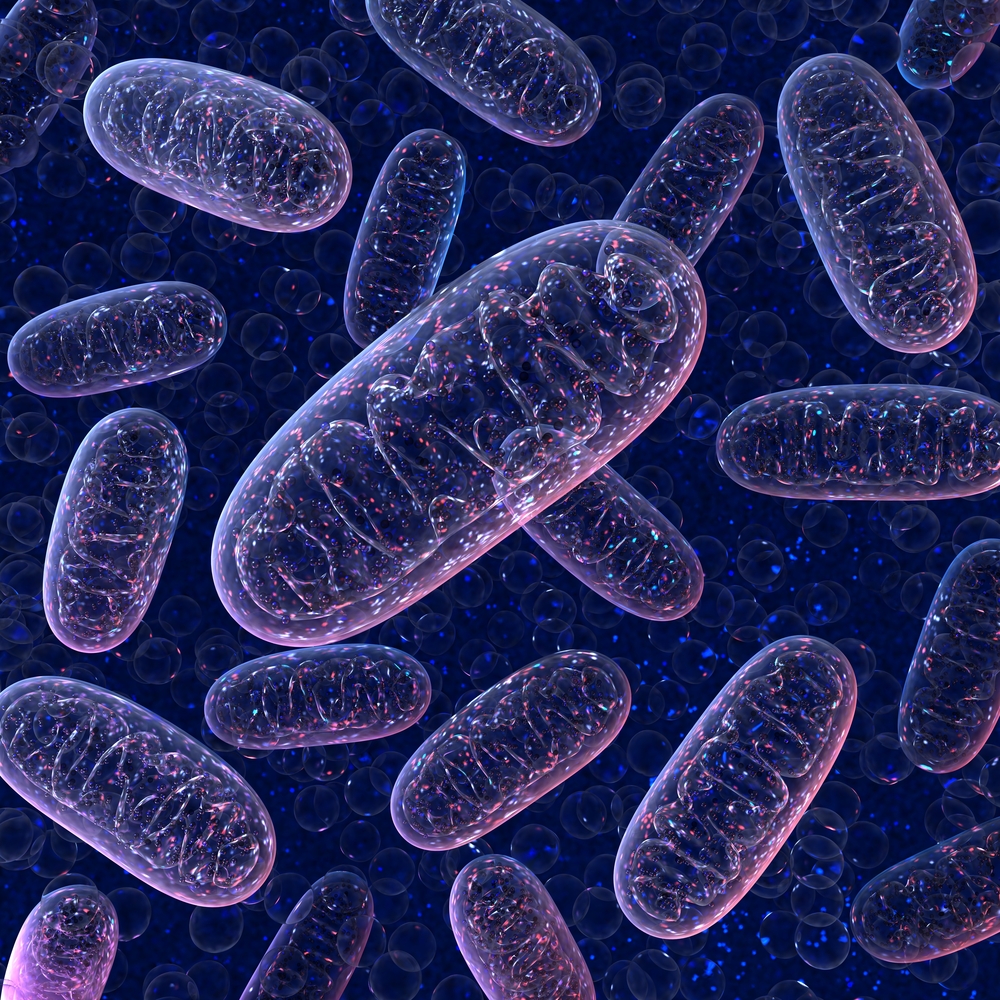Researchers Identify Mechanism to Prevent Toxic Accumulation of Proteins in Mitochondria

Researchers have identified an elaborate protein quality control system that prevents toxic accumulation of faulty proteins inside mitochondria, a phenomenon that underlies many neurodegenerative diseases, including Huntington’s disease.
The study, ”Cytosolic Protein Vms1 Links Ribosome Quality Control to Mitochondrial and Cellular Homeostasis,” was published in the journal Cell.
Our cells require a fine balance between protein synthesis (production) and degradation. Not surprisingly – and by now widely recognized – the build-up of protein aggregates inside our cells, especially in brain cells, is the common feature of neurodegenerative diseases, such as Alzheimer’s, Parkinson’s and Huntington’s.
But new evidence shows that even in healthy cells there is a continuous production of faulty proteins, and this is the result of a partial failure in mitochondria, the small organelles inside our cells responsible for energy production.
If not removed in time, the accumulation of faulty proteins inside mitochondria disrupts energy production – a sort of power failure – that has detrimental consequences to the cell.
“This is why the mitochondria are also referred to as the ‘Achilles’ heel’ of the cell,” Walter Neupert from the Department of Cell Biology at the LMU Biomedical Center, Munich Germany and study co-lead author, said in a press release.
Neupert’s team at LMU collaborated with researchers at the Max Planck Institute of Biochemistry to investigate how protein aggregates may accumulate inside mitochondria and cause damage to cells. They focused particularly on the so-called CAT-tailed proteins due to their damaging effects to mitochondria.
“CAT-tailed proteins have a particularly toxic effect on mitochondrial function. Once CAT-tailed proteins are imported into the mitochondria, they form aggregates that may act as a seed, and ultimately bind proteins free of defects that have vital roles for the cell,” explained Toshiaki Izawa, one of the study’s first authors.
This means that once vital mitochondria proteins are bound to CAT-tailed proteins they start to clump and are no longer able to perform their functions. A vicious cycle ensues, resulting in mitochondria irreparable damage, shutting down the cells’ capability to produce energy.
Now, researchers discovered that “cells have developed another strategy to get rid of faulty mitochondrial proteins and maintain cellular homeostasis” said Sae-Hun Park, the other co-first author of the study.
Their findings show that a protein called Vms1 protects mitochondria from the toxic effects of these aberrant proteins by reducing the ability of CAT-tailed proteins to bind other proteins, preventing their toxic aggregation, authors explained.
Overall, “our results suggest a way in which mitochondrial toxicity may contribute to neurodegenerative diseases. These findings provide important novel insights into the mechanisms of cellular protein quality control as well as disease progression,” said Ulrich Hartl, of the Max Planck Institute of Biochemistry and study co-lead author.






